Nội Dung Chính
(Trang 105)
Adverbial clauses of resultso + adjective / adverb + thatWe use adjectives or adverbs after so, following by that clause to say what happens or what may happen as a result of the action mentioned in the main clause. The park is so popular that you can see some of the most talented skaters there. The grass on Wimbledon's Center Court is maintained so carefully that it's often considered the best grass court in the world. such + (a/an) + adjective + noun + thatWe can also use an adjective and a noun after such, following by that clause to begin an adverbial clause of result. If the noun is a countable noun, we have to use the article a or an before the adjective and the noun. The stadium has such a powerful sound system that the music can be heard clearly from every corner. If the noun is an uncountable noun, we do not need to use any article before the adjective and the noun. It was such bad weather that we had to cancel our camping trip. Passive: past, present and futurePresent passiveWe use subject + be in the present simple + the past participle of the verb to form the present passive. From time to time, old coins are discovered by builders. We use subject + negative be in the present simple + the past participle of the verb to form the negative present passive. Most of the time, Roman coins aren't found in very large numbers. Past passiveWe use subject + be in the past simple + the past participle of the verb to form the past passive. The time capsule was buried in 1890. We use subject + negative be in the past simple + the past participle to form the negative past passive. The time capsule wasn't dug up until 2016. Present perfect passiveWe use subject + be in the present perfect + the past participle of the verb to form the present perfect passive. | A Roman villa has been unearthed. We use subject + negative be in the present perfect + the past participle to form the negative present perfect passive. The villa hasn't been opened to the public yet. Future and modal passivesWe use subject + will be + the past participle of the verb to form the future passive. The treasure will be found one day. We use subject + won't be + the past participle of the verb to form the negative future passive. The gold coin won't be sold. We use subject + modal verb + (not) be in the infinitive + past participle to form the passive with modal verbs. That famous queen must be buried near here. The body might not be discovered for a long time. Passive: questionsWe use be + subject + past participle to form questions in the present and past passive. The short answer uses the corresponding form of be. 'Is the ancient vase displayed in the museum?" 'No, it isn't.' "Were the ancient vases unearthed near here?' 'Yes, they were.' We use have/has + subject + been + past participle to form questions in the present perfect passive. The short answer uses have/has. "Has the treasure been displayed in the museum?" 'Yes, it has.' We use Will + subject + be + past participle to form questions in the future passive. The short answer uses will. 'Will the rare coins be displayed here?' 'Yes, they will.' We can use question words at the beginning of any of the passive questions in the examples above. When will the rare coins be displayed here? Prepositions and adverbs of place Prepositions and adverbs of place tell us where something happens. Adverbs such as around, down, on and inside usually come after a verb. We walked around the building. We walked down to the valley. Prepositions are usually followed by a noun. There was a big mural around the wall. There was an old clock inside the tower. |
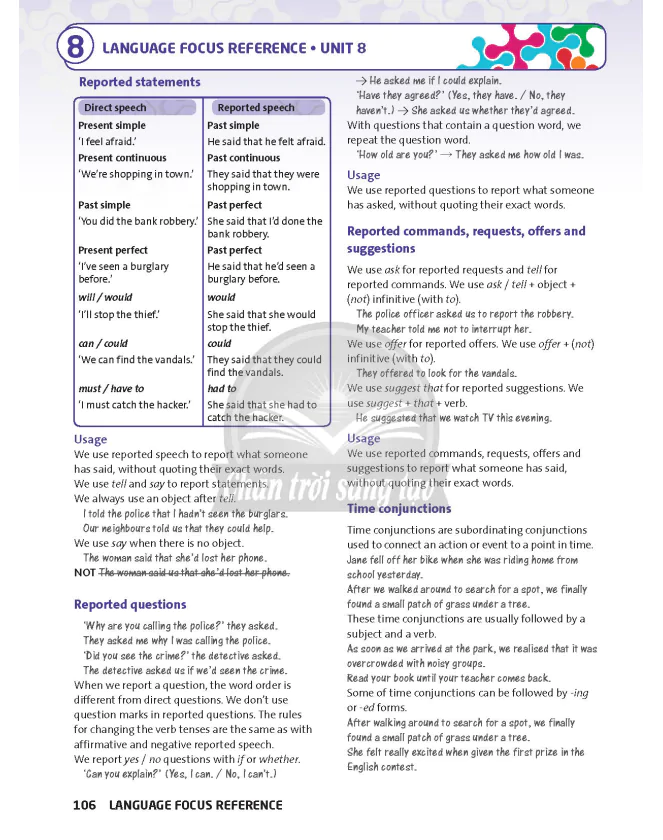


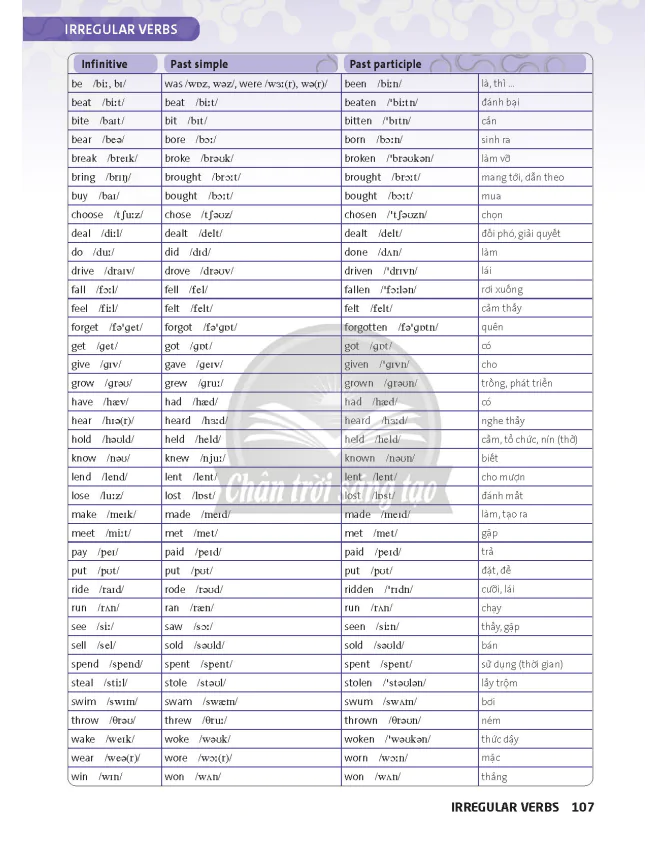
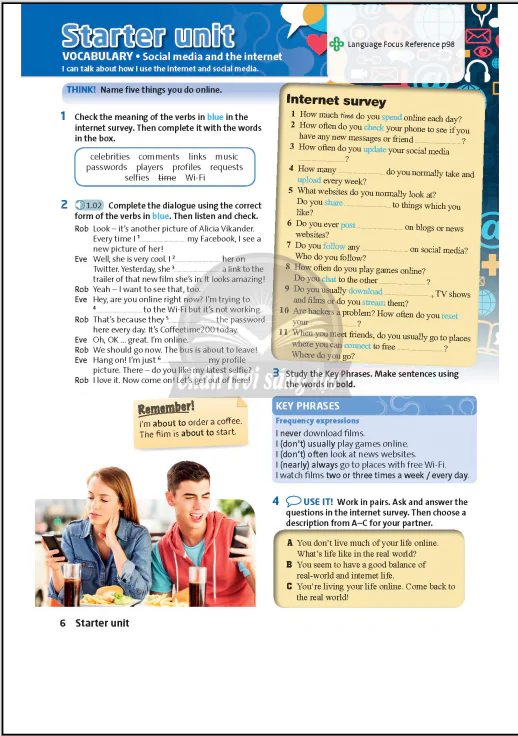
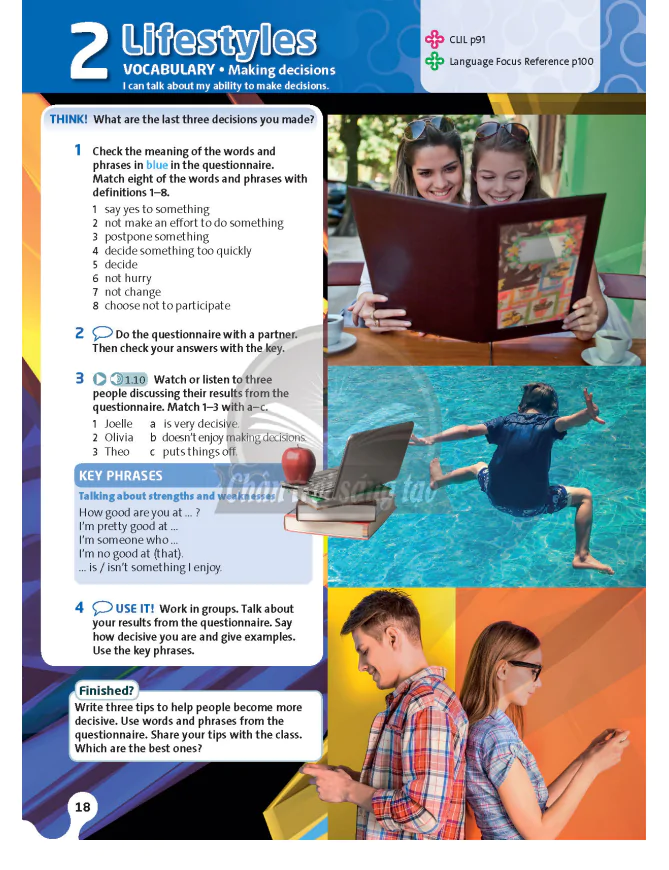

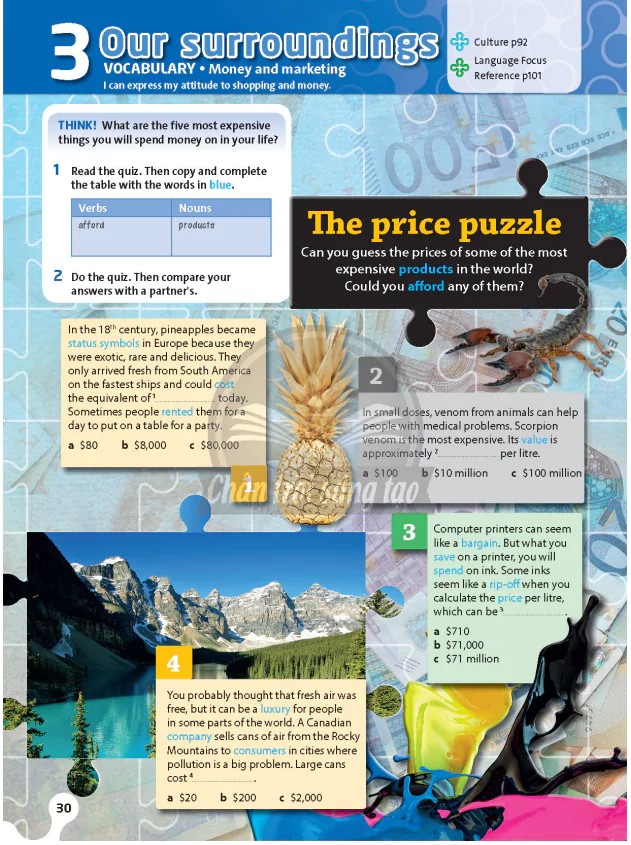

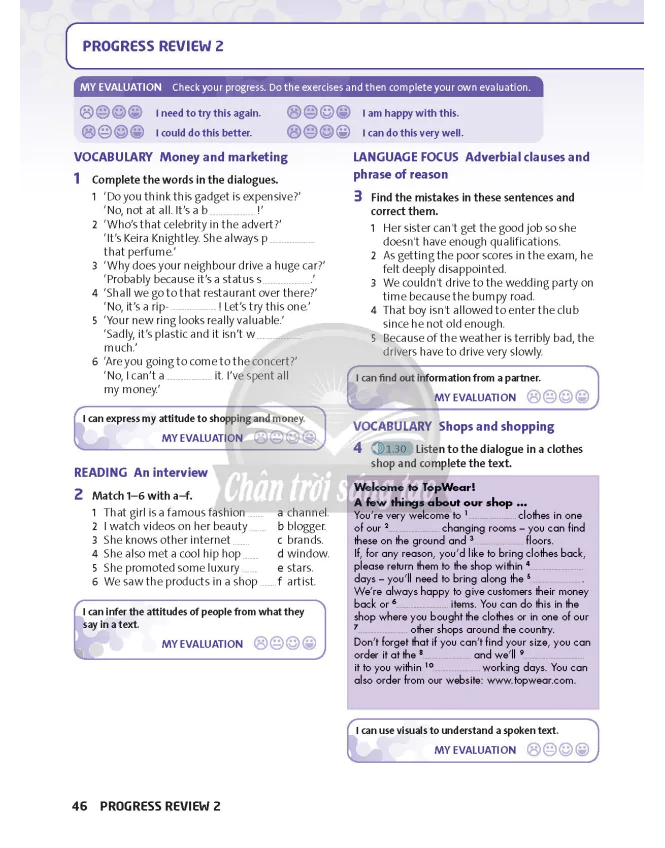
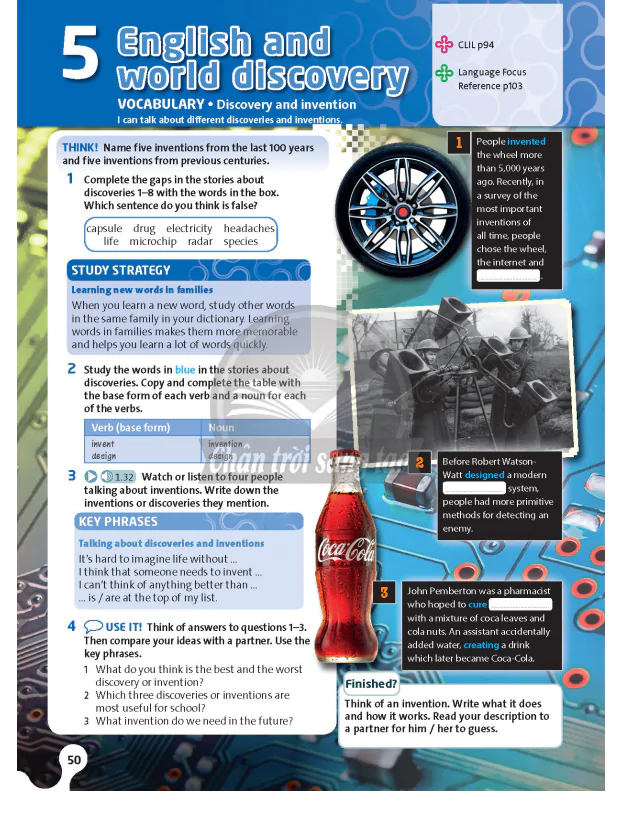

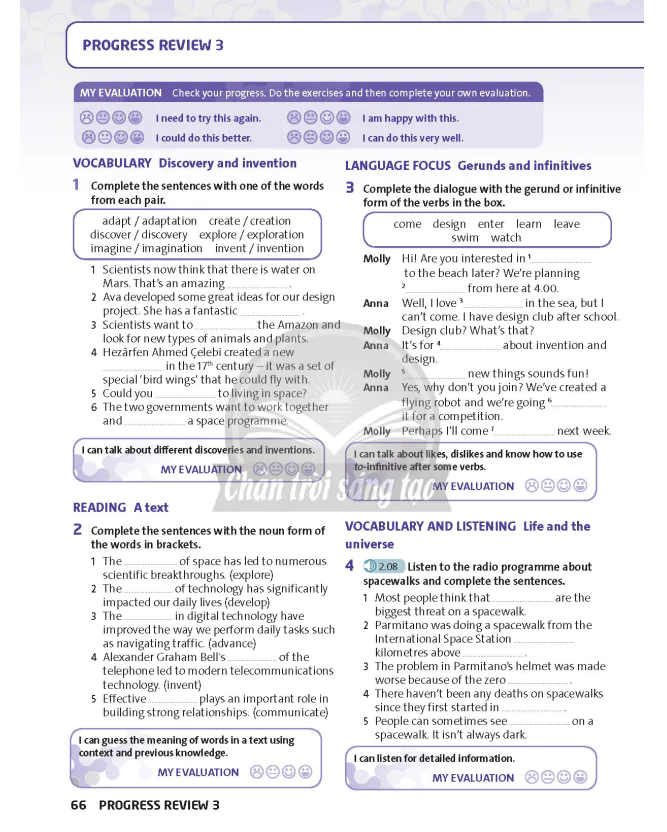
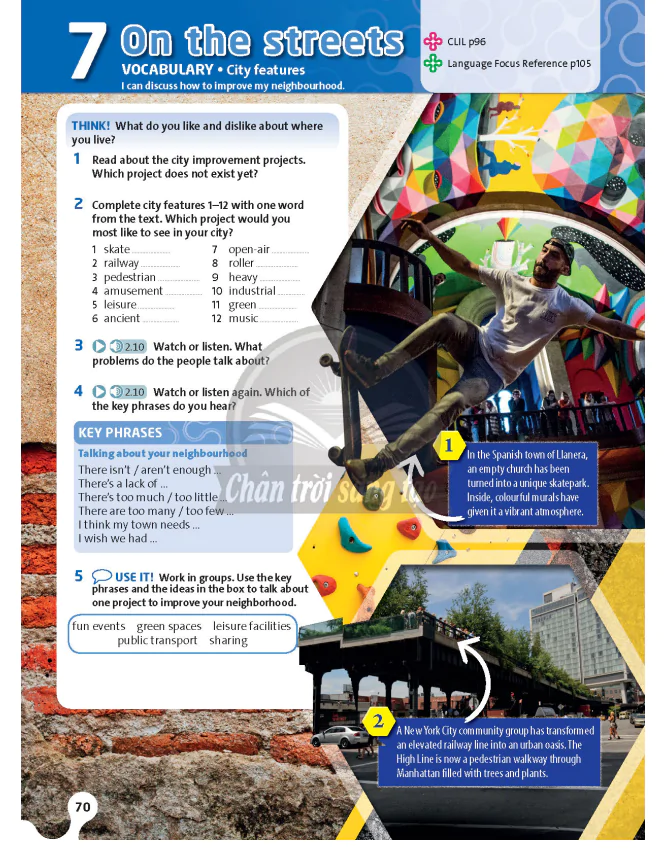
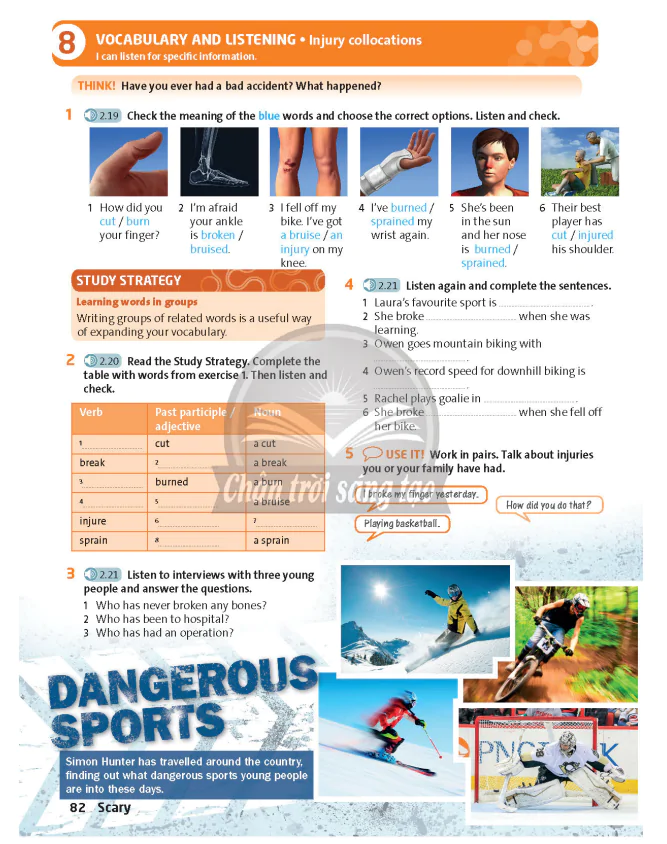
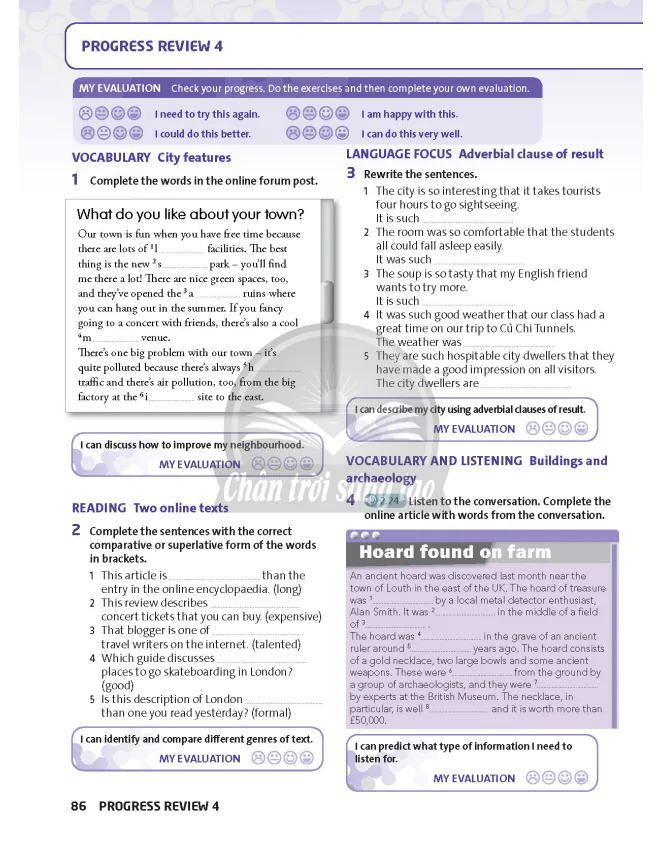



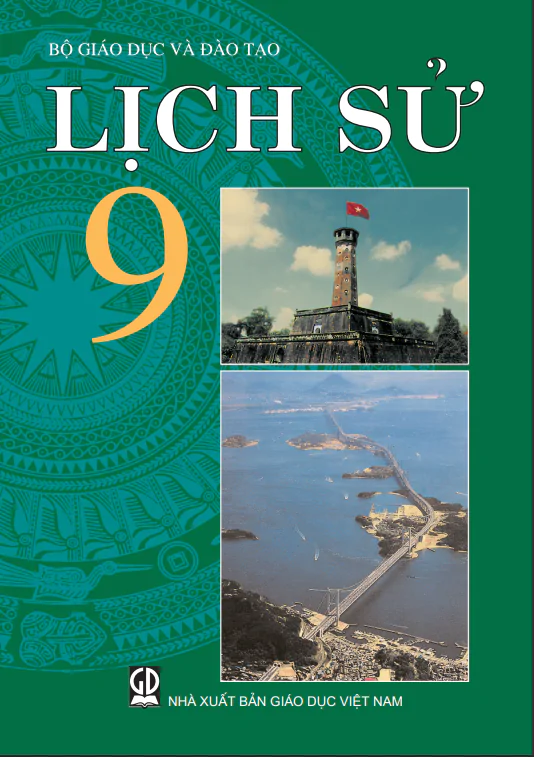
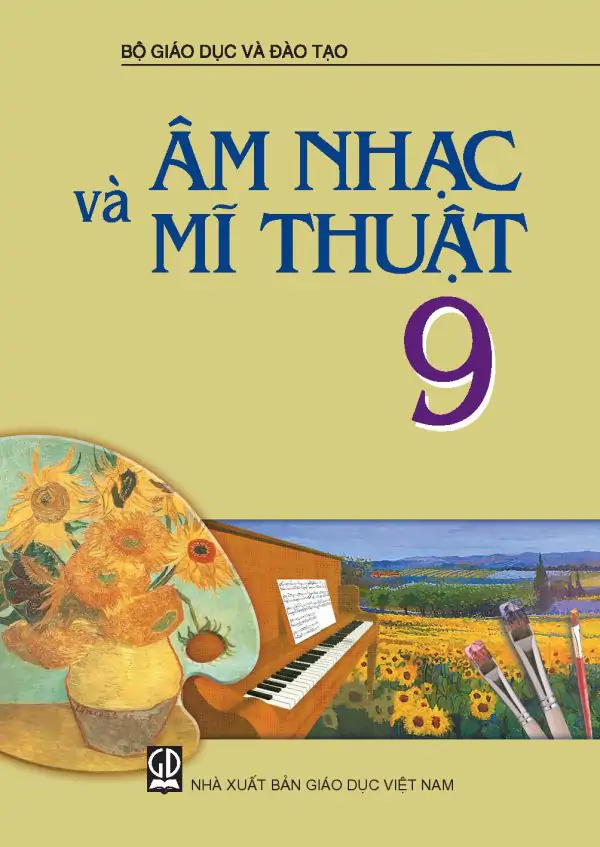


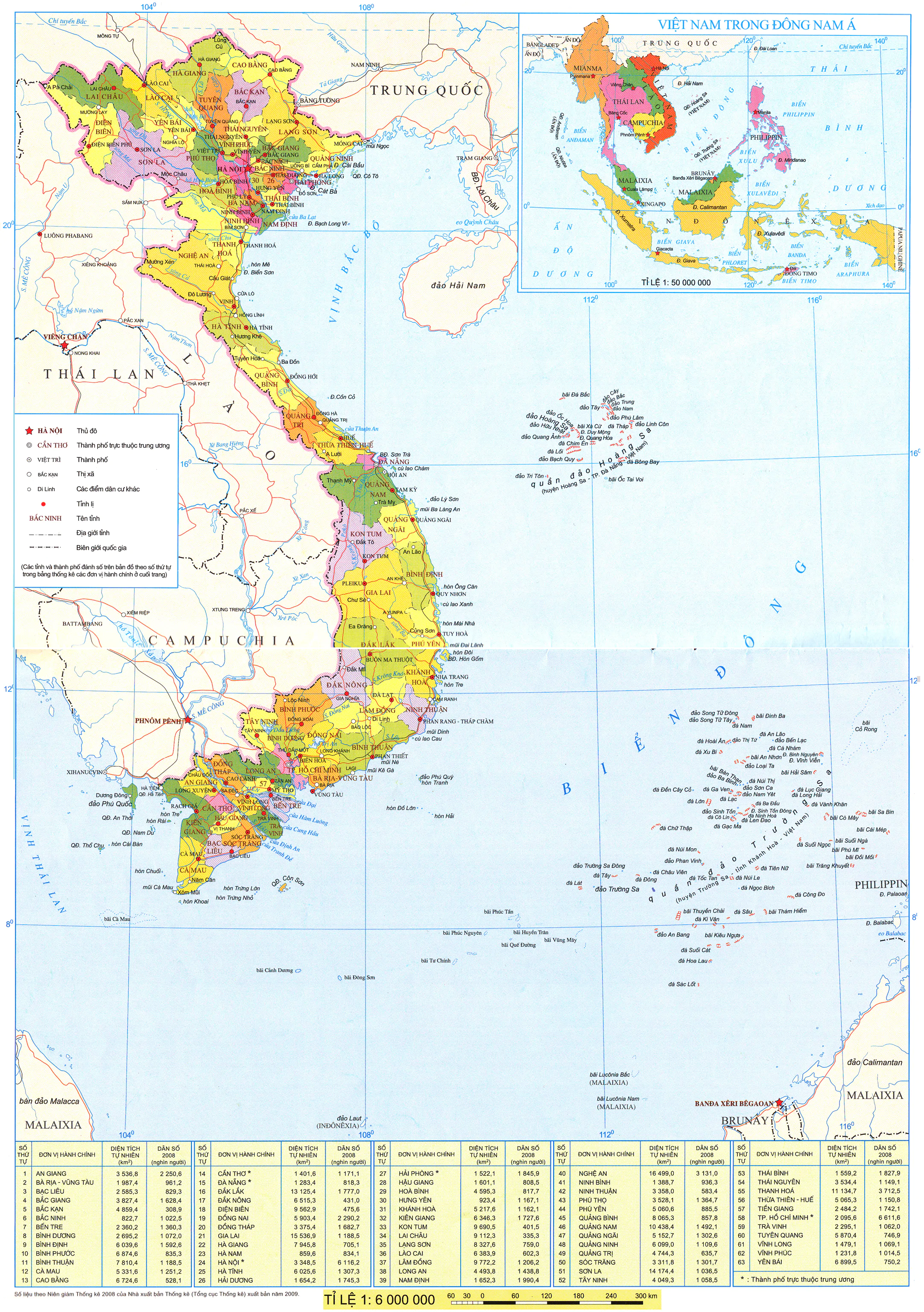
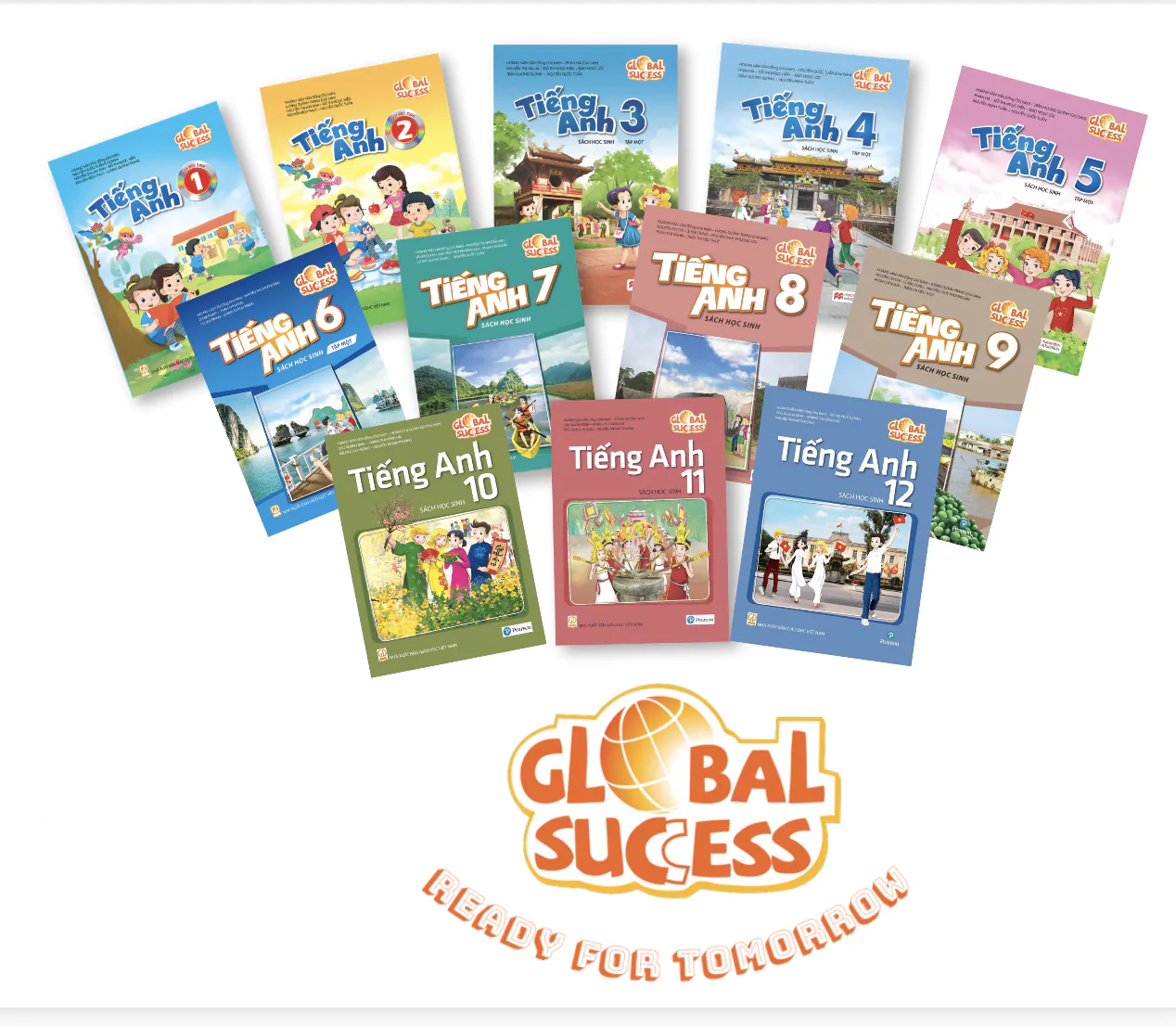

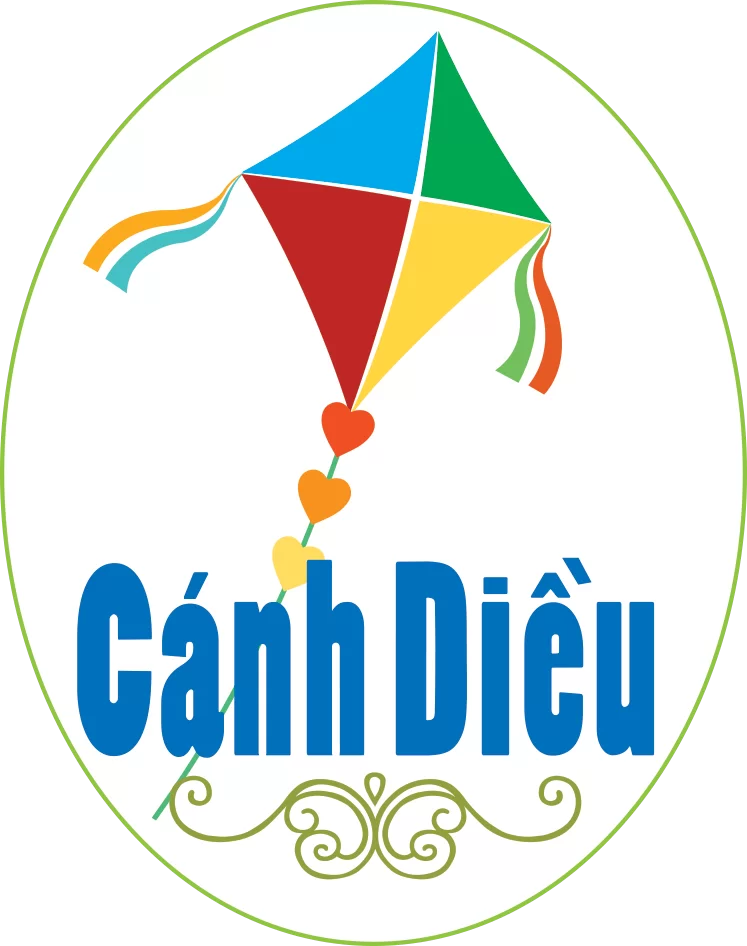













Bình Luận
Để Lại Bình Luận Của Bạn